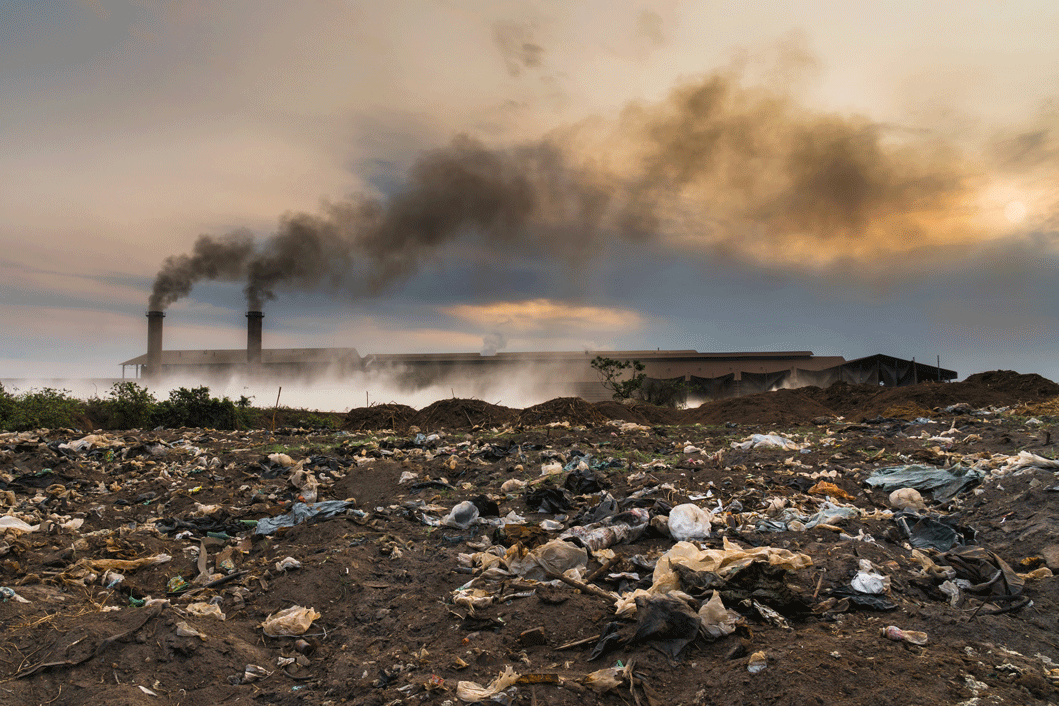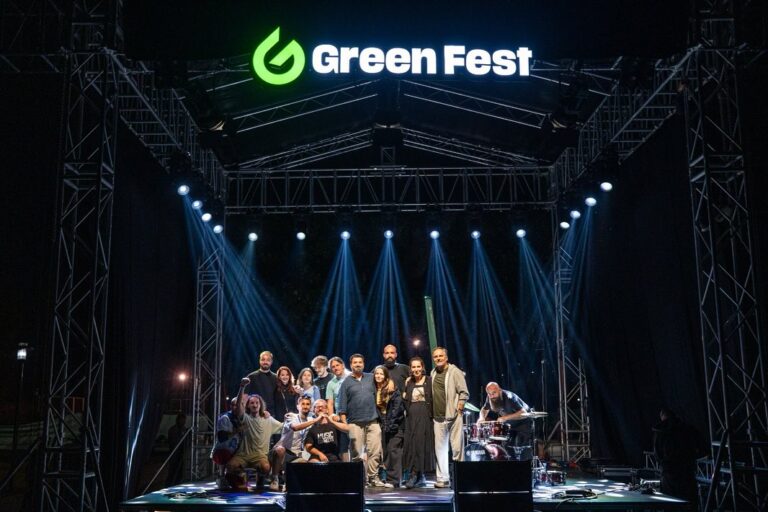Fast fashion and environmental impact
Fast fashion is characterized by offering new styles at low prices. To address the impact on the environment, the EU aims to reduce textile waste and increase the life cycle and recycling of textiles. This is part of the plan to achieve a circular economy by 2050.
Overconsumption of natural resources
Overconsumption of natural resources is a major concern. To produce textiles, it takes a lot of water and land. For example, to make a single cotton T-shirt, according to estimates, 2700 liters of fresh water are needed, enough to meet the drinking needs of one person for 2.5 years. The textile sector was the third largest source of water and land use degradation in 2020.
Water pollution
Water pollution is another concern associated with textile production. Textile production is estimated to be responsible for about 20% of global freshwater pollution from dyeing and finishing products. Also, washing synthetic products contributes to the accumulation of microplastics in the oceans.
Greenhouse gas emissions
Emetimet e gazeve serrë nga industria e modës janë edhe një problem. Ajo vlerësohet të jetë përgjegjëse për 10% të emetimeve globale të karbonit – më shumë se fluturimet ndërkombëtare dhe transportet detare së bashku. Blerjet e tekstilit në BE në vitin 2020 gjeneruan rreth 270 kg emetim CO2 për person.
Textile waste and low recycling rate
Textile disposal practices have contributed to increased environmental pollution. Only a small fraction of used clothes are collected for reuse or recycling. The rise of fast fashion has been a decisive factor in this increase in dumping.
Strategies for waste management
Strategies for waste management include clothing rental business models, sustainable design and consumer awareness of more sustainable choices. These include developing new business models for clothing rental and generally driving consumer behavior towards more sustainable options.
EU strategies for sustainable and environmental textiles
The EU has drawn up eco-labels and laws for the treatment of textile waste to promote a more sustainable and responsible approach to the production and consumption of textiles.
One of the main measures is ecological labeling, which enables producers who respect ecological criteria to mark their products with a special label. This helps consumers identify and choose products that contain fewer harmful substances and cause less water and air pollution.
In 2018, the Parliament adopted the waste directive, which includes measures to deal with hazardous chemicals and requires manufacturers to take responsibility for their products along the entire value chain, including the stage when they become waste. The new EU proposals include extended producer responsibility schemes for the collection, sorting and recycling of textiles, forcing manufacturers to cover the costs of these processes.
Meanwhile, MEPs and other EU institutions are discussing and considering future measures for the treatment of textiles and their waste, focusing on improving the infrastructure for the separate collection of textiles and the more efficient classification of municipal waste, so that items that can be recycled are taken out before they are sent to landfill.






